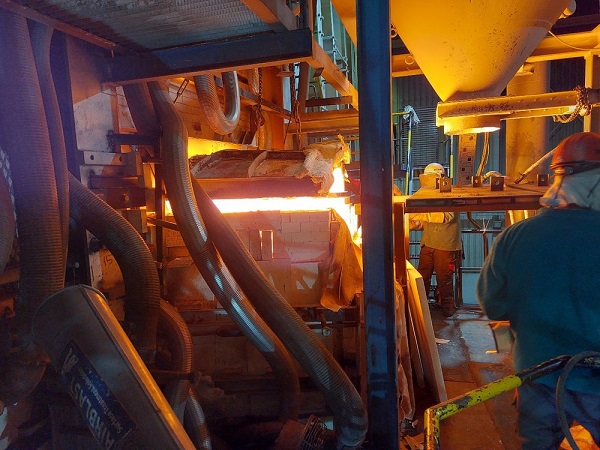Newswise — Scientists from Baltic Federal University alongside their colleagues have enhanced the biocompatible and biodegradable polymer called polycaprolactone in a way that the human cells willingly attach to it and divide on its surface. As a result this material can be used in regenerative therapies to repair the damaged and grow new tissue. The results of the study, supported by a grant from the Russian Scientific Foundation, have been published in the Polymers magazine.
Modern regenerative therapies are in need of materials that enable the human tissue to quickly recover after injuries like severe burns. Polycaprolactone is a biodegradable polymer, but it has its weaknesses, for example its hydrophobicity. Moreover, it lacks bioactivity. In other words, it doesn’t have specific binding sites for the cells that provide attachment, migration, division and differentiation of cells.
We can enhance polycaprolactone by adding amino groups to it — small nitrogen-containing groups of atoms which are recognized by cells. Research has shown that they also increase hydrophobicity, or wettability of the material, help cell attachment and reduce the chances of inflammation when installing polycaprolactone medical implants.
Before that scientists from Immanuel Kant Baltic Federal University (Kaliningrad) with their colleagues from Institute of Cytology of the Russian Academy of Science (St. Petersburg), Institute of Experimental Medicine (St. Petersburg), Institute of Macromolecular Compounds of the Russian Academy of Sciences (St. Petersburg), The Ioffe Physical-Technical Institute (St. Petersburg) have suggested using arginine as a source of amino groups for polycaprolactone modification. This amino acid contains the maximum possible amount of nitrogen atoms in such compounds, that’s why it takes a relatively small amount to modify the polymer.
In the new study the authors have examined how conditions under which an amino group attaches to the polymer (temperature and the amount of arginine) affect the resulting qualities of the polycaprolactone film. Studies have shown that heating to 40-50 degrees Celsius and high concentrations of arginine make it possible to obtain a material that interacts with water the most. In addition, these samples have turned out to be the strongest — it had tensile strength two times higher than pure polycaprolactone.
Then the authors cultivated human mesenchymal stromal cells on polycaprolactone specimens in different modified conditions. The experiment has shown that their attachment ability was directly proportional to the quantity of arginine which had been used for processing.
“As a result, we have defined the optimal conditions for polycaprolactone to attach to the amino groups, which allow the cells to successfully anchor to its surface and, subsequently, reproduce” — says Olga Moskaluk, candidate of technical sciences, associate professor, head of “Smart Textiles” Polymer and Composite Materials Laboratory at Immanuel Kant Baltic Federal University.
“The method that we have introduced will help to significantly improve the materials for regenerative medicine and expand the field of their application” — says Yuliya Nashchekina, candidate of biological sciences, senior researcher at the Center for Cell Technologies at Institute of Cytology of the Russian Academy of Science.
